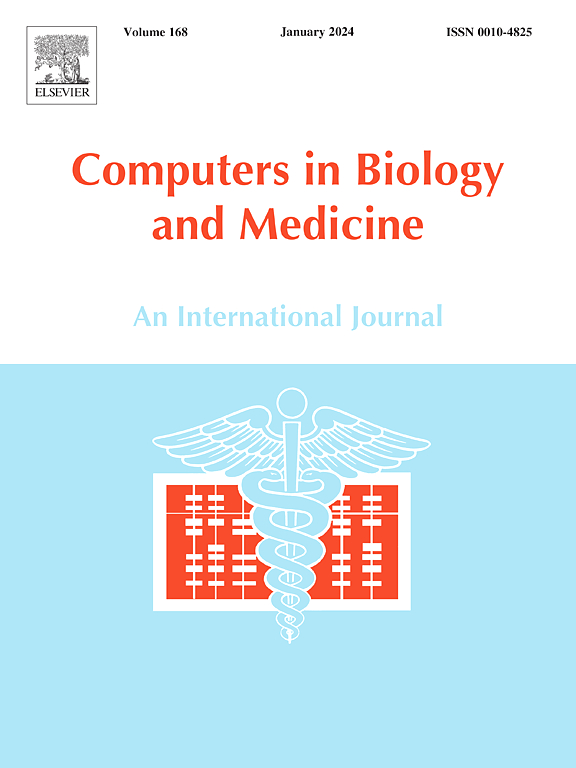Classification of COVID-19 via Homology of CT-SCAN
IF 7
2区 医学
Q1 BIOLOGY
引用次数: 0
Abstract
Automated analysis of biomedical images plays a crucial role in enabling early diagnosis. In this article, we propose a novel approach based on persistent homology, a central technique from topological data analysis, for detecting traces of COVID-19 infection in CT-scan images. Our method is based on an intuitive and natural idea of analyzing shapes and opacities. We quantify these topological features using persistent homology and transform them into vector representations suitable for classification. These features are then reduced in dimensionality and classified using a support vector machine (SVM), capturing the global structure of key radiological patterns such as ground-glass opacities and consolidations.
To ensure reproducibility and external validation, we conducted experiments on two distinct publicly available datasets: the SARS-CoV-2 CT-scan and the HRCT Chest COVID dataset. Our approach achieved F1 scores of 99.4% and 99.6%, respectively.
These results demonstrate that our method offers both high performance and clinical interpretability. By leveraging stable and descriptive topological features, our approach generalizes well across datasets without requiring data augmentation or pretraining, making it especially suitable for deployment in data-limited healthcare settings.
基于ct扫描同源性的COVID-19分类
生物医学图像的自动分析在早期诊断中起着至关重要的作用。在本文中,我们提出了一种基于持续同源性的新方法,这是拓扑数据分析的核心技术,用于检测ct扫描图像中COVID-19感染的痕迹。我们的方法是基于分析形状和不透明度的直观和自然的想法。我们使用持久同调来量化这些拓扑特征,并将它们转换为适合分类的向量表示。然后将这些特征降维并使用支持向量机(SVM)进行分类,捕获关键放射模式的全局结构,例如磨砂玻璃不透明和合并。为了确保可重复性和外部验证,我们在两个不同的公开可用数据集上进行了实验:SARS-CoV-2 ct扫描和HRCT胸部COVID数据集。我们的方法分别获得了99.4%和99.6%的F1分数。这些结果表明,我们的方法具有高性能和临床可解释性。通过利用稳定和描述性的拓扑特征,我们的方法可以很好地泛化数据集,而不需要数据增强或预训练,因此特别适合在数据有限的医疗保健环境中部署。
本文章由计算机程序翻译,如有差异,请以英文原文为准。
求助全文
约1分钟内获得全文
求助全文
来源期刊

Computers in biology and medicine
工程技术-工程:生物医学
CiteScore
11.70
自引率
10.40%
发文量
1086
审稿时长
74 days
期刊介绍:
Computers in Biology and Medicine is an international forum for sharing groundbreaking advancements in the use of computers in bioscience and medicine. This journal serves as a medium for communicating essential research, instruction, ideas, and information regarding the rapidly evolving field of computer applications in these domains. By encouraging the exchange of knowledge, we aim to facilitate progress and innovation in the utilization of computers in biology and medicine.
 求助内容:
求助内容: 应助结果提醒方式:
应助结果提醒方式:


